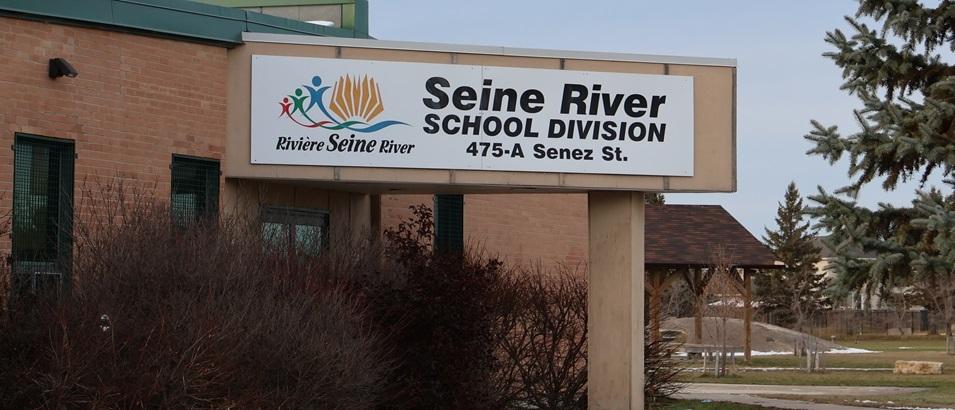Many school divisions will be discussing the potential for raising school tax mill rates this spring—and in the face of a projected $4 to $5 million deficit, the Seine River School Division (SRSD) is no exception.
At a February 27 public board meeting, trustees talked about increasing property taxes over a three-year period to help cover the deficit. In the end, the board was unable to reach any firm conclusions.
Presenting to the board was Amanda Senkowski, the division’s chief financial officer.
“With some of the [cost] reductions we talked about as a finance and ops committee, we’ve come to a place where that needs to be balanced with some taxation,” Senkowski told the board.
She provided a taxation analysis that looks at two scenarios.
In order to raise an additional $3.5 million in tax revenue, Senkowski said the mill rate would need to go up by 4.18 percent in the first year. For the average taxpayer owning a home valued at $350,000, this would mean an increase of $79.38 this year. In year two, another five percent increase would be needed. This would equate to an additional $98.53 in taxes for the average taxpayer.
The second scenario would see the division raise $4 million in tax revenue over the next two years. In this case, a 5.06 percent increase would be needed in year one ($96 for the average taxpayer) and six percent increase in year two ($120.34 for the average taxpayer).
Senkowski reminded the board, however, that the second year would bring a home value reassessment for homeowners, changing the impact of these mill rate increases. In Manitoba, properties are reassessed every two years. When a property’s assessment goes up, the homeowner’s property taxes follow suit. For a school division, higher overall property assessments equates to higher overall taxation revenue.
One trustee, Marinus Van Osch, then presented a motion for the board to accept the first scenario, the one with lower taxation increases. This motion was seconded by trustee Robert Rivard.
The board’s discussion focused on the 50 percent school tax rebate that was promised to ratepayers by the previous PC government. So far the new NDP government hasn’t made any commitment to continue with the rebate after this year.
Board chairperson Wendy Bloomfield redirected the conversation to consider what other divisions have already announced in terms of mill rate increases. The increase in Pembina Trails will come to three percent, whereas school taxes in the Interlake will go up 8.18 percent.
“Sunrise, our nearest neighbour, is looking at a 6.9 percent increase,” Bloomfield said. “And I’d like to point out that Sunrise School Division has almost the same enrolment as Seine River School Division and a $74 million budget, $14 million more than Seine River School Division.”
Bloomfield suggested that they consider a more substantial increase than the proposed 4.18 percent since SRSD currently has one of the lowest school mill rates in the province.
Van Osch disagreed.
“I find [that 4.18 percent] is a balanced number,” Van Osch said. “It brings us to where we want to be at the end of three years. And if next year additional revenue sources are there, we can start to make additional decisions because we know we have a plan to come out at zero in the end.”
Van Osch had the support of trustee Theresa Bergson, who suggested that moving beyond the minimum proposed increase would be unacceptable as long as programming was being cut.
Another trustee, Gary Nelson, spoke in favour of the larger increase, pointing that that greater taxation revenue would help to minimize programming cuts and provide more flexibility in terms of teacher-to-student ratios.
“I do not believe that our communities would be uncomfortable with seeing a six to seven percent increase in their property tax rates, so I think we need to look at this further,” Nelson said.
In the end, Senkowski encouraged the board to wait until the March 12 public meeting to make any final decision.


